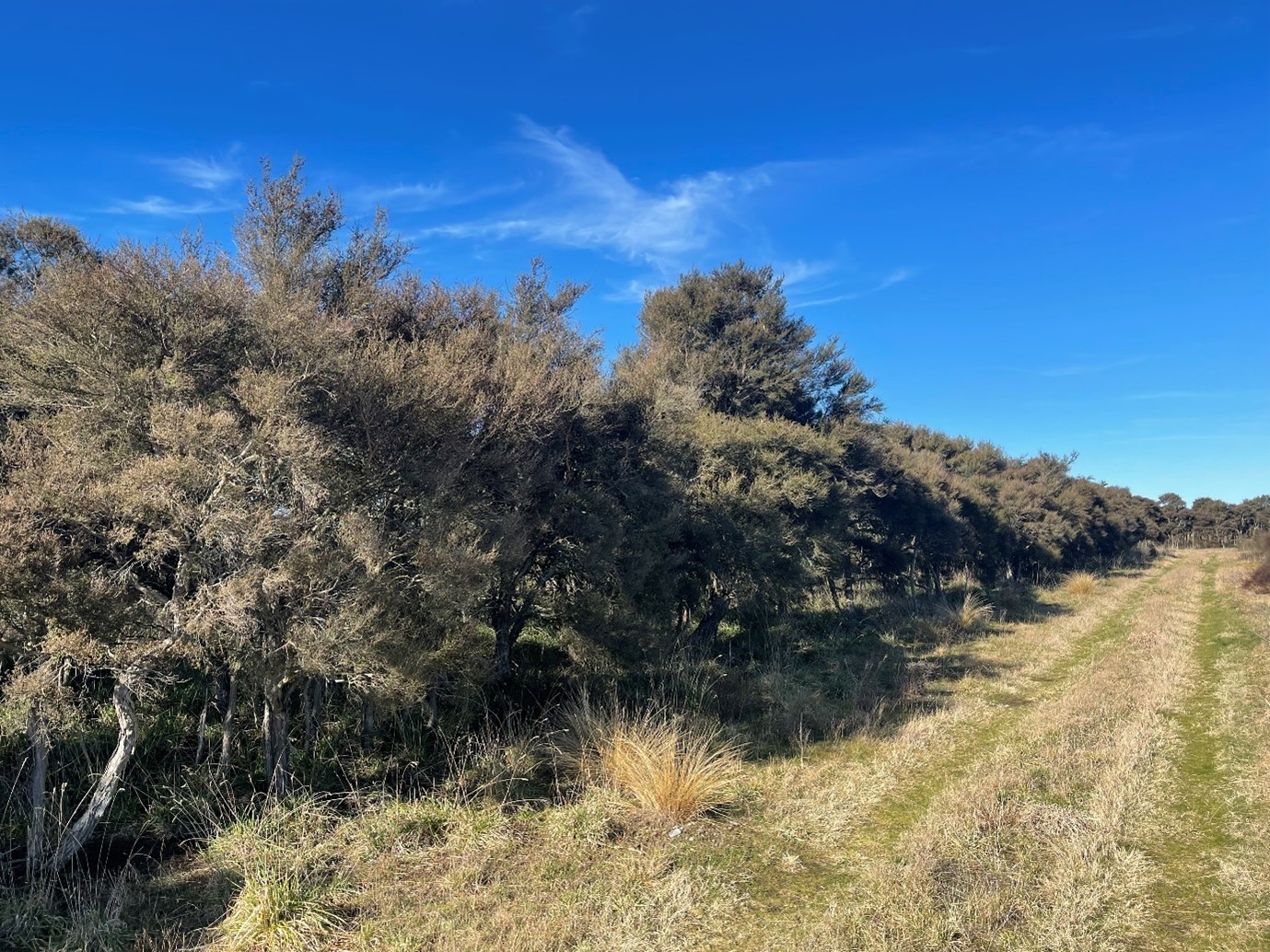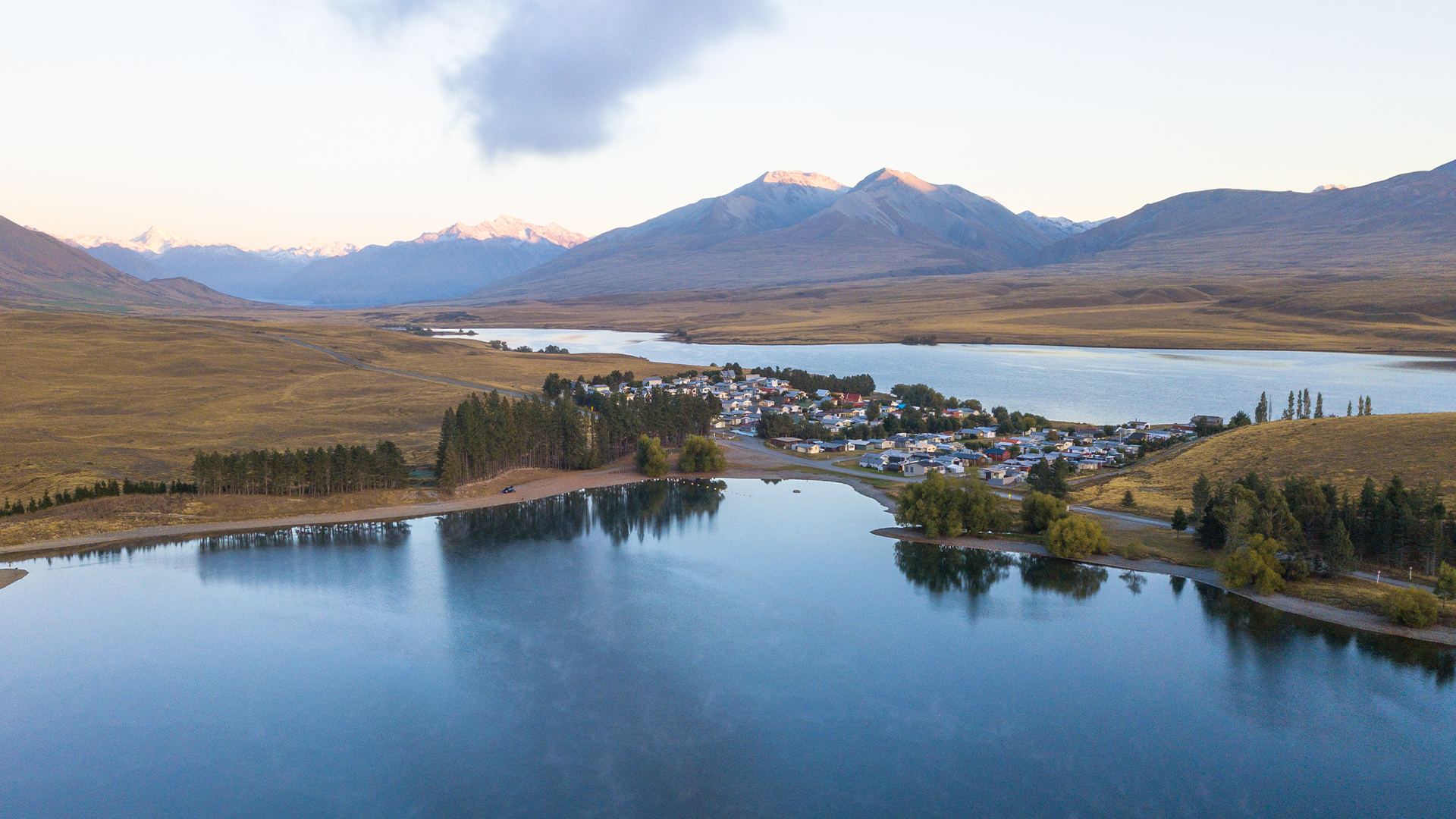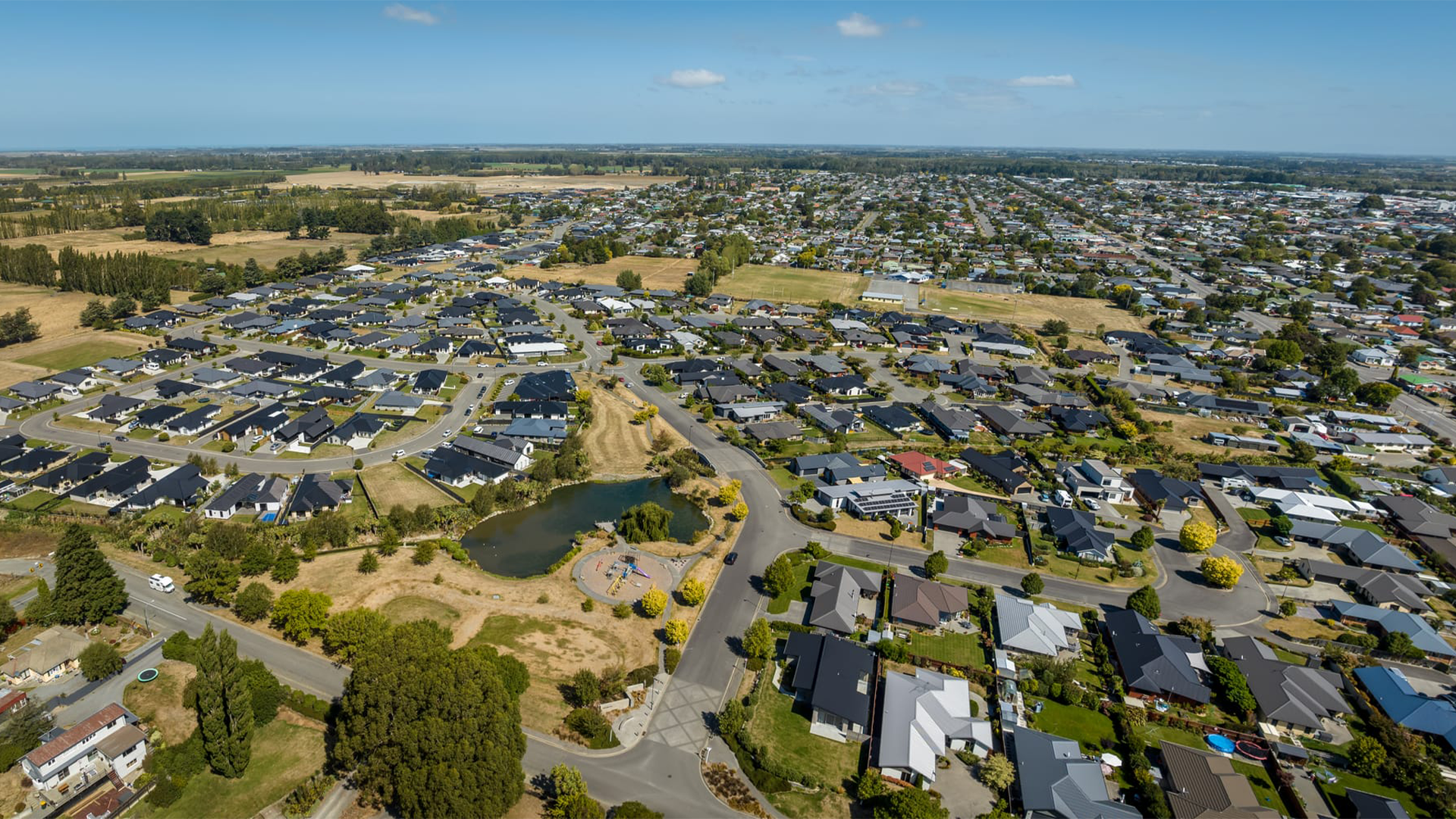Biodiversity: Why native trees?

Kanuka forest restoration at Harris Scientific Reserve.
Our biodiversity team has been busy talking trees lately.
Have you ever wondered why we are encouraged to plant native trees?
Planting New Zealand native trees has been a biodiversity focus recently, and with the advent of the National Policy Statement on Indigenous Biodiversity, more attention is being drawn to indigenous plants and the need to protect and restore them.
Our native flora and fauna, such as silver ferns and kiwi, are our national identity and trademark. They are also part of the wider New Zealand tourist experience and recreation opportunities. Some native flora and fauna are endemic, meaning they can only be found here and nowhere else in the world.
New Zealand native plants are diverse, ranging from grasses to shrubs (coprosma, matagouri etc) and medium to larger trees like the kanuka, totara, rimu, kauri, kowhai and Kahikatea.
Trees generally store carbon from the atmosphere, and this reduces the effects of climate change. But New Zealand native trees also bring added ecological and wellbeing benefits.
From honey production (manuka), to providing shade for livestock and people, medicinal values and cultural benefits, timber, oils and the like, native trees also provide habitat and food sources for our native birds, bees, insects and invertebrates.
In an agricultural landscape such as ours, native plants do more than inorganic fertilisers and exotic trees. They contribute to nutrient recycling, absorbing nutrients from intensive agriculture. This is why native trees are planted within stormwater swales to filter out excess nutrients leaching out from land before they get to the underground water.
Native trees also clean our waterways and protect the environment and our assets from flood risk. They also stabilise soil, moderating flood risks while reducing sedimentation. In recent flood event in the Hawkes Bay, there were more landslides and floods in areas with exotics trees than native forested zones. This suggests that with more native trees around us, we can avert the future flood risk as forecast under the climate change scenario for Mid Canterbury.
How about wellbeing? Native trees are great for our wellbeing. Imagine taking a walk on a hot sunny day, on a narrow track within a native forest, with bees buzzing, birds chipping, butterflies hopping and rippling sound of streams. Such views and sounds of nature reduce stress in our body and minds, especially for people with no natural environment nearby.
Native trees can take time to establish before offering the benefit above. There is no better time to start planting one around your home than now. Planting can be done all year round, but summer plantings might need frequent watering. Mulching immediately after planting and weed control also help for easy establishment of native trees.
There are many opportunities to be involved in tree planting around the district. Lots of schools (Mt Hutt College, Dorie, Peel Forest, Wakanui, Hinds and Fairton Schools), community groups (Forest and Bird, Lions Club, farmers catchment group) and some individual landowners and trusts are also getting involved in planting and restoration projects around the district.
Council, through its biodiversity grant scheme, supports native plantings and restoration project around the district. The grant can be accessed by everyone as far as the biodiversity project is within the district. Next round of application for Council Biodiversity project opens in February 2024.
For information on biodiversity projects around the district or ideas on suitable native plants for your farm or garden, please email Council’s Biodiversity team biodiversity@adc.govt.nz.
Share this article
Latest News
Explore the wonder of Ashburton Lakes
Campaign pitches Mid Canterbury as NZ's most undiscovered destination
Summer calls for family adventures in Mid Canterbury
Council services over the 2025-26 holiday period
Our wrap on Christmas rubbish
Road Closures
THOMPSONS TRACK
from 12 Jan 7:00 to 31 Mar 18:00
MAYFIELD VALETTA ROAD
from 12 Jan 8:00 to 28 Feb 18:00
WINTERS ROAD
from 13 Jan 7:00 to 3 Feb 18:00
WALNUT AVENUE
from 6 Dec 10:00 to 6 Dec 15:00
View all Road Closures | Live map







